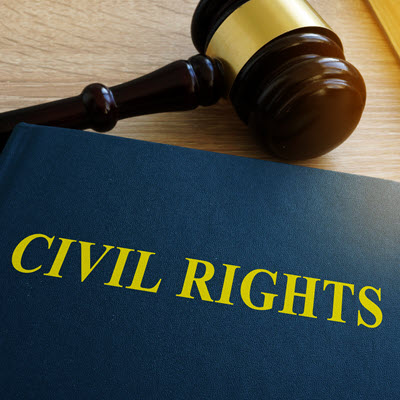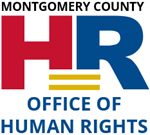Twenty Years of Civil Rights Progress
A History of the Human Relations Commission of Montgomery County, Maryland (1960 - 1980)
Created by the County Government as a "sounding board" for interracial discussion and release of tension in the early 1960's, the Commission has evolved into an established enforcement agency as well, investigating , holding hearings and adjudicating complaints of discrimination in public accommodations, housing and employment. In step with rising awareness of the various forms of discrimination, its mandate has gradually evolved over the years. The timeline below was established by using David Brack's 20 Years of Civil Rights Progress: A History of the Human Relations Commission of Montgomery County, Maryland (1960 - 1980) article.
County Civil Rights Progress Timeline 1960 - 1980
The County Council created the Commission on Interracial Problems to ease racial tensions in Montgomery County by communicating with businesses owners/operators and individuals who propose or oppose integration.
Under the Public Accommodations Law, the Commission was renamed to the Commission on Human Relations.
Fair housing, equal public accommodations, and prejudicial justice issues posed challenges/stalemates for the Commission during this period.
The Commission utilized the public accommodations ordinance to foster private and public swimming pool desegregation.
The first County Executive, under the County's new charter, enlarged the Commission's staff to help process the increasing number of complaints. A flurry of laws, amendments, and regulations were passed in the interest of broadening and disciplining the County's human relations efforts.
County Council outlawed racial and religious discrimination in places of public accommodations. The first County in Maryland to prohibit discrimination in public places.
Hundreds of thousands of people gathered at the Lincoln Memorial and heard Martin Luther King Jr.'s famous "I Have a Dream" speech.
County Council passes the Commission's proposed Open Housing Law.
The Commission helped to establish a community relations office within the Police Department.

